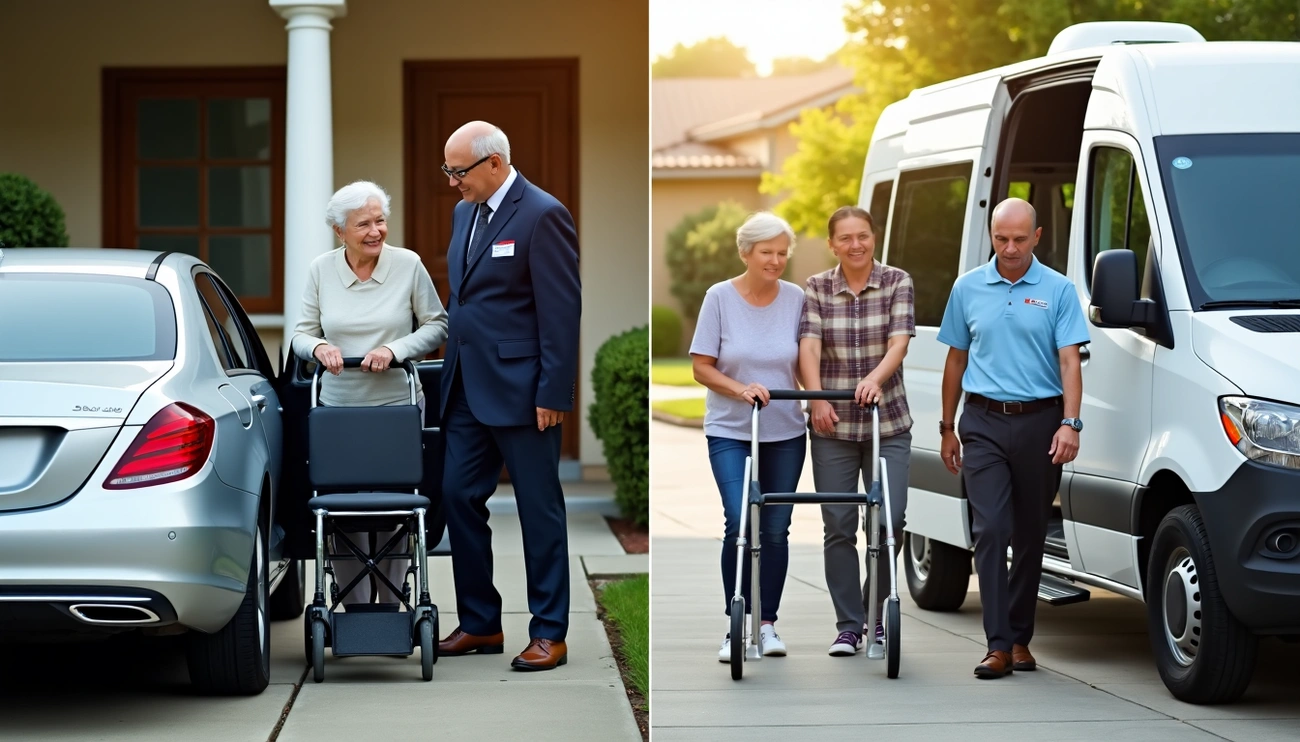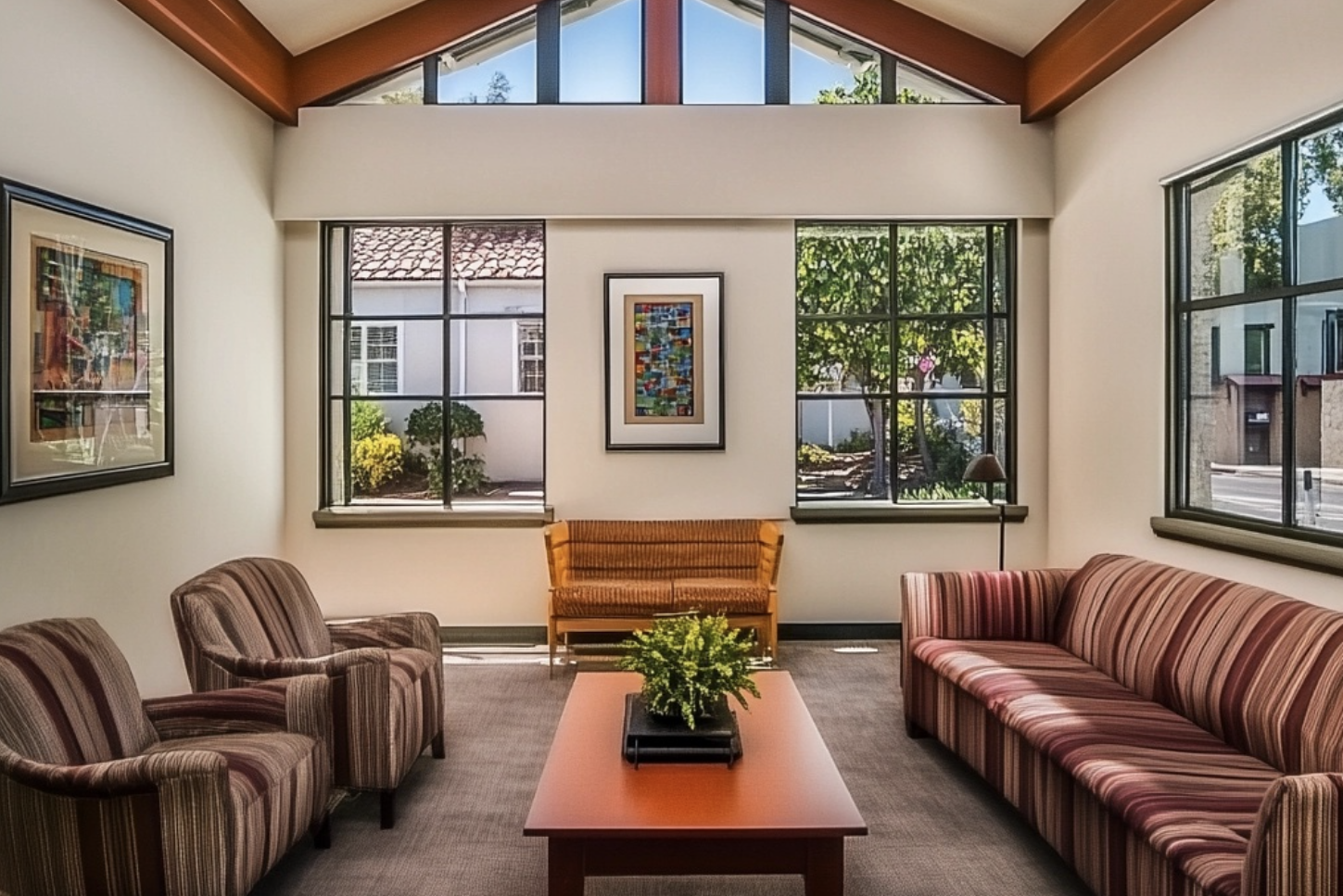Exploring the Current Trend: Technological Innovations in Assisted Senior Living
In recent years, technology has taken center stage in transforming various aspects of our lives, including how we age and the care we receive in our golden years. Assisted senior living is one field that has greatly benefited from various technological innovations, improving the quality of life for seniors, providing their families with peace of mind, and empowering caregivers with new tools. This article explores the current trends in technology that are shaping the future of assisted senior living.
1. Remote Health Monitoring and Telehealth
The healthcare industry has embraced telehealth and remote health monitoring as beneficial tools, especially for seniors living in assisted living communities. These technologies allow for routine check-ups, health consultations, and monitoring of vital signs without leaving the comfort of their residence. Seniors can directly connect with their healthcare providers through video conferencing, reducing the need for travel.
Telehealth also offers mental health services, addressing another critical aspect of senior health. Providers offer therapy and counseling sessions via video calls, ensuring seniors have access to mental health resources.
2. Wearable Technology
From smartwatches that monitor heart rate and sleep patterns to devices that track physical activity and provide reminders for medication, wearable technology has made significant inroads into assisted senior living.
These devices not only promote healthier lifestyles but also provide a safety net. For instance, fall detection technology can alert healthcare providers or family members if a senior experiences a fall, ensuring swift response and assistance.
3. Virtual Reality (VR) and Augmented Reality (AR)
Virtual Reality and Augmented Reality technologies have found a place in assisted living facilities. VR allows seniors to experience different environments and scenarios in a safe, controlled manner, improving cognitive function and reducing feelings of isolation. From virtual tours of world landmarks to interactive games, VR enhances seniors’ lives by providing stimulating experiences.
AR, on the other hand, can superimpose useful information onto real-world objects, such as instructions on operating appliances or reminders about daily tasks. These applications can help seniors with memory care needs.
4. Artificial Intelligence (AI) and Machine Learning
AI and Machine Learning are being used to analyze seniors’ behavior patterns and predict potential health concerns. For example, changes in sleep patterns, movement, or eating habits can alert staff to possible health issues.
AI-powered robots are also entering the scene, helping with tasks ranging from medication reminders to providing companionship, reducing the burden on caregivers and increasing interaction for seniors.
5. Smart Home Technology
Smart home technologies are making senior living spaces safer and more comfortable. Voice-activated assistants can control lights, thermostats, and locks, reducing the need for physical effort.
Smart appliances can also assist in daily tasks, and automatic shut-off systems for stoves and ovens can prevent potential accidents.
6. Online Learning and Social Platforms
The digital age has made it easier for seniors to stay connected with loved ones and the world. Social media platforms provide an avenue for interaction, and video calling allows face-to-face conversations with distant family members.
Online learning platforms offer courses tailored for seniors, allowing them to learn new skills, stimulate their minds, and engage with others in the virtual classroom.
The marriage of technology and assisted senior living is creating a new paradigm of care. It not only enhances the quality of life for seniors but also provides caregivers with powerful tools to offer personalized care. As we move into the future, it is anticipated that more advancements will be made, further revolutionizing the landscape of senior care. These trends are just the tip of the iceberg; technology’s potential to impact assisted senior living is vast and full of exciting prospects.












